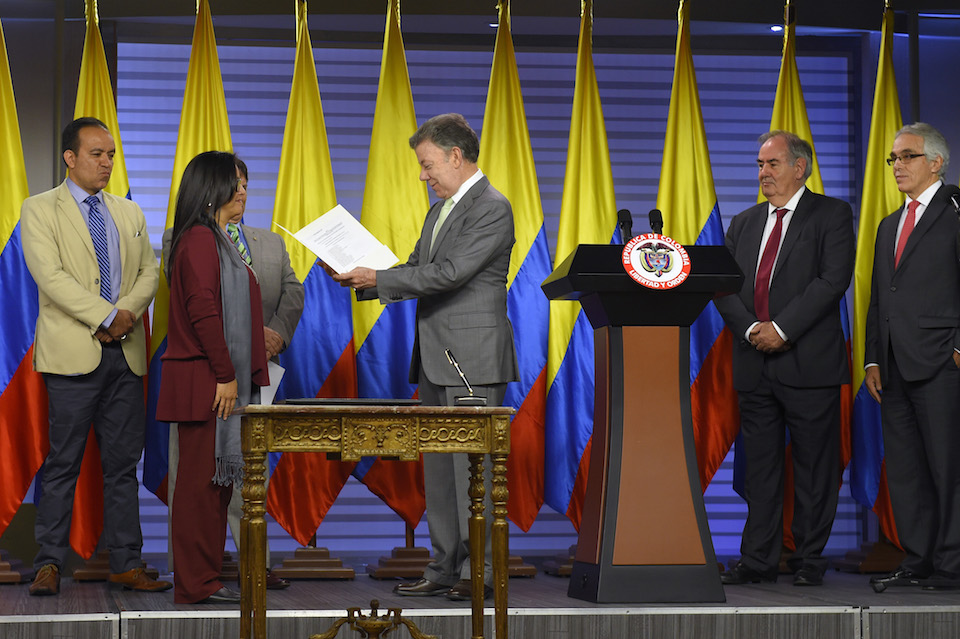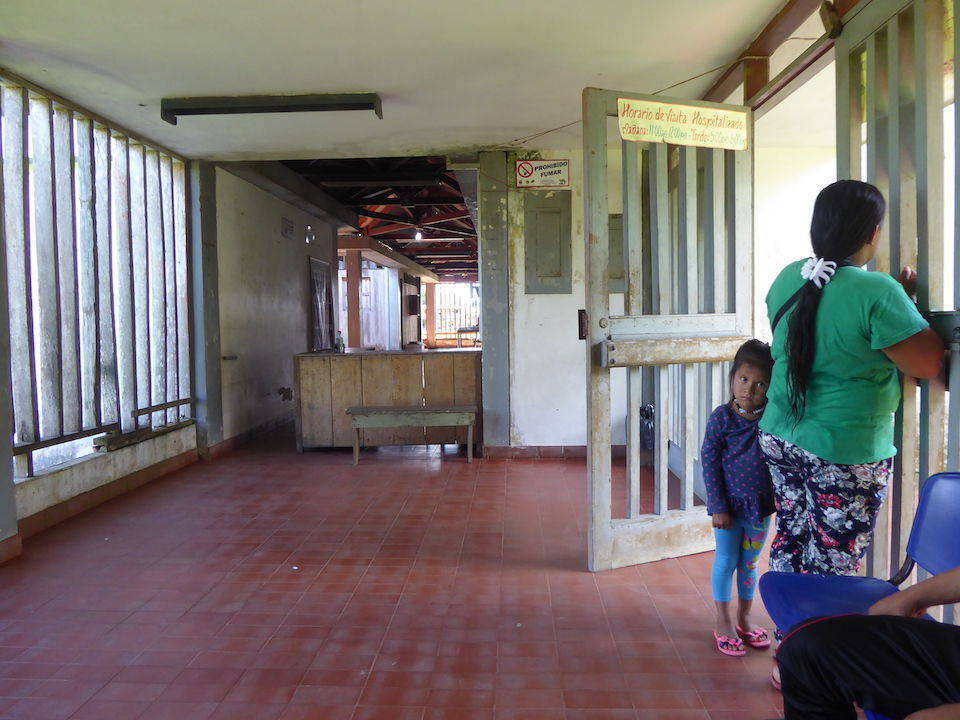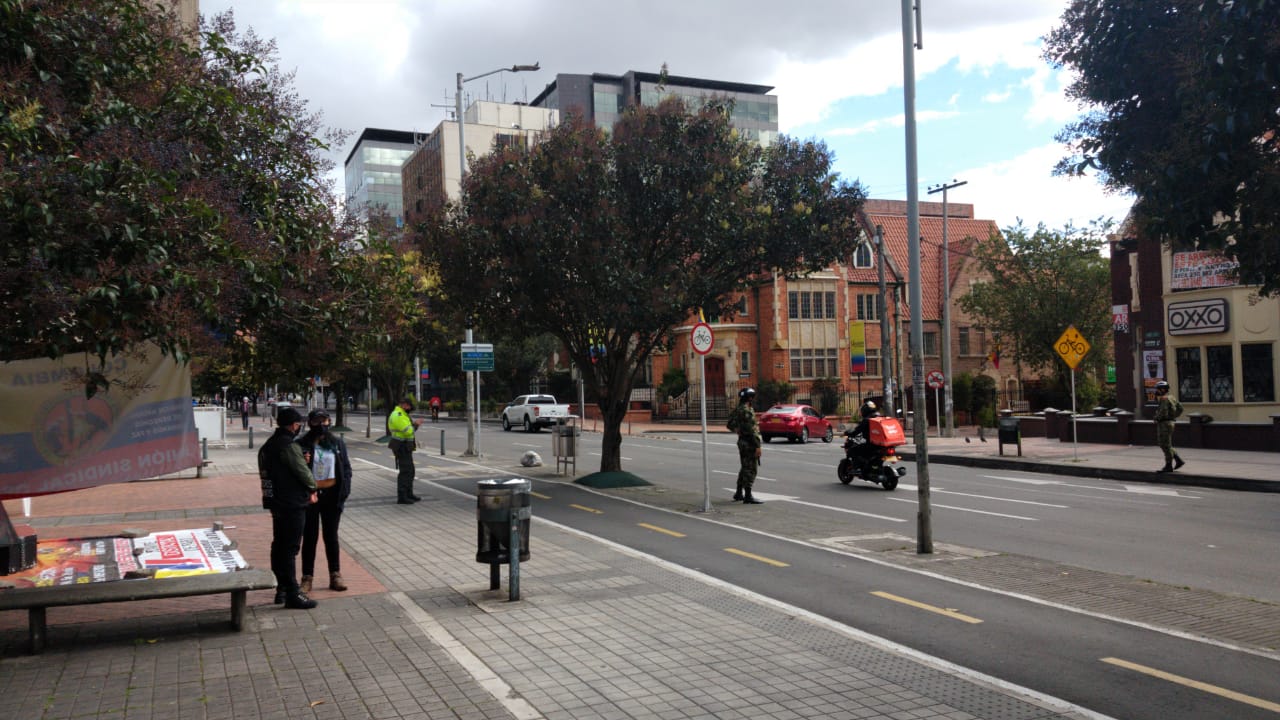The traffic is mad, but classes cost less in Colombia’s capital
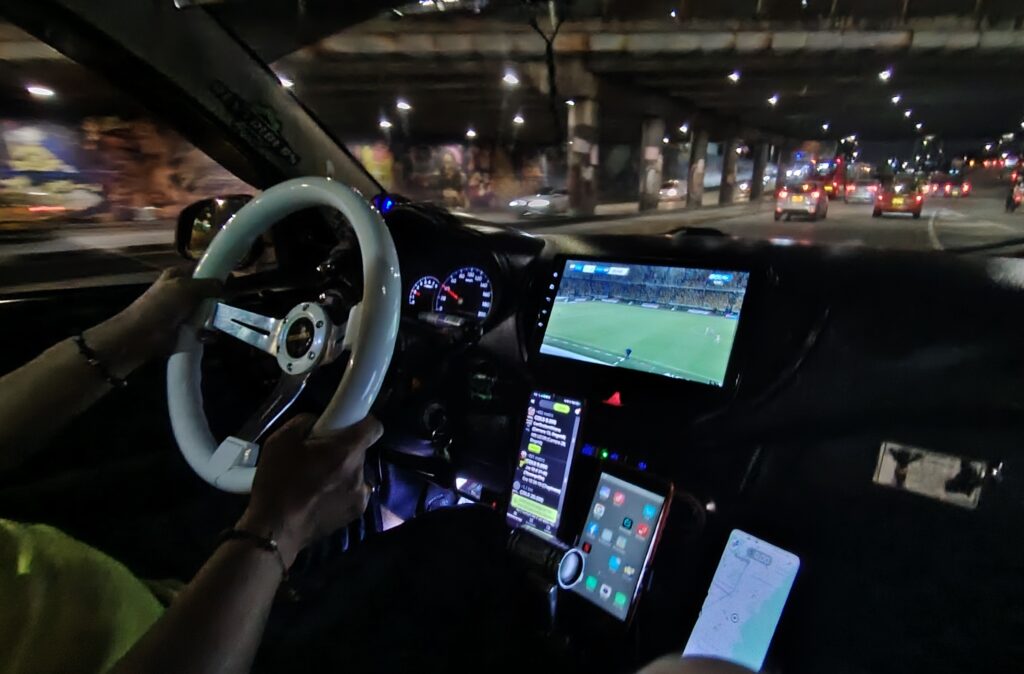
Learning to drive is unlikely to be the numero uno task on your to-do list in Bogotá, but you might want to think again.
The rising cost of driving lessons in Europe and the US is motivating more overseas residents to take a course in Colombia’s capital.
“Most of our expat students say it’s much cheaper to learn here,” says Paula Moreno, manager of the Conducir Colombia school in Teusaquillo, which has seen a steady rise in foreign students enrolling in recent years.
“Though driving in the city can be stressful,” she adds.
She’s right about that.
A combination of roadworks, potholes, gridlocks (the city regularly tops the ‘most congested’ lists), missing road signage, broken lights, street vendors and weaving motorbikes.
Not to mention floods, protests, steep hills, escaped animals, the occasional presidential motorcade and taxistas driving while watching football on a small TV. Every excursion is a real-life game of Grand Theft Auto.
Note that the Colombian licence might not be that useful outside of Latin America. But the driving skills you acquire here will reduce learning time elsewhere. As people say here: “If you can learn to drive in Bogotá, you can drive anywhere”. And it is definitely cheaper.
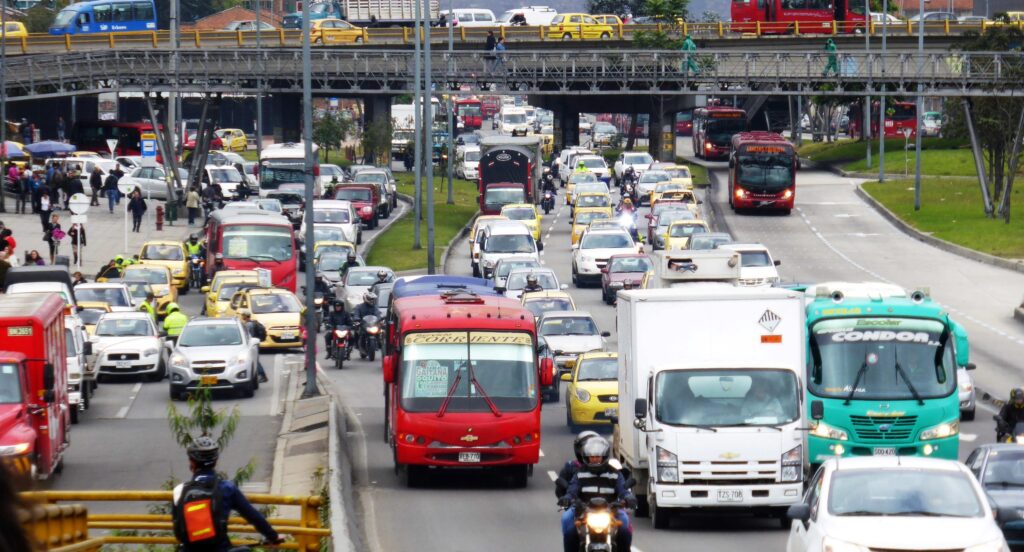
Bang for bucks
How much cheaper? Learning in Colombia can be four times less than Europe or the US.
The current cost of a full driving course in Colombia is currently US$440, compared to around US$2,000 for the UK, US$3,000 for Germany (US$3,000) or Switzerland (US$4,000).
Costs in the US vary from state to state, but average to US$1,200 for 20 hours behind the wheel, plus more for the theory classes.
In terms of bang for bucks, driving schools like Conducir Colombia (and there is plenty of competition) offer a very full program: 25 classes of theory, 5 classes of mechanics, and 20 driving classes. Each class is 50 minutes long. The course cost also covers an initial medical and psychometric evaluation, which is a simple computer test to check your hand-eye coordination.
Participants have to complete the theory course presentially in the classroom, but hours are flexible. The mechanic session, usually on Saturday mornings, covers basic car checks, maintenance and wheel changing.
“Many students have never done this before so it really helps to practice before the day you have a flat tire,” says Moreno.
There is a short online theory test that students pass before moving on to driving practicals, which also have flexible hours which students can book to fit around their own schedule.
At Conducir Colombia, students learn in cars with dual controls, so the instructor can brake in emergencies, and switch between different car brands and models during the course, including wheel time in an automatic and hybrid car.

Mind the language barriers
The 20th and last class is also considered a test where the instructor certifies the student as a qualified driver, who can now claim their licence from an office of the Registro Único Nacional de Tránsito, or RUNT. This costs an additional US$70.
“The whole process takes three weeks from theory to licence, if you are in a rush, though many students spread their classes over several months,” says Moreno.
A key question for some overseas students will be: is my Spanish good enough? For Moreno, though, this has never been a problem.
“In the theory classes, some of the teachers speak a bit of English and the other Colombian students help out, it’s fun,” she says. “Also, much of the tuition is with videos.”
For practical driving, a few key words are essential, but everyone has picked these up during the theory by the time they get behind the wheel.
“So far it’s never been a big problem, and everybody gets by.”
What about experienced drivers from overseas? Do they still need to do a driving course?
On this, the Colombian rules are very clear, says Moreno: foreign drivers can use their licences from their home countries while here as tourists, for a maximum of six months. After six months most nationalities need to get a Colombian licence – and complete a driving course – to legally drive.
The exceptions are citizens of Spain, Peru, Korea, Chile and Argentina, who do not need to do the driving course and can co-validate their overseas licences by inscribing them in the Registro Único Nacional de Tránsito.
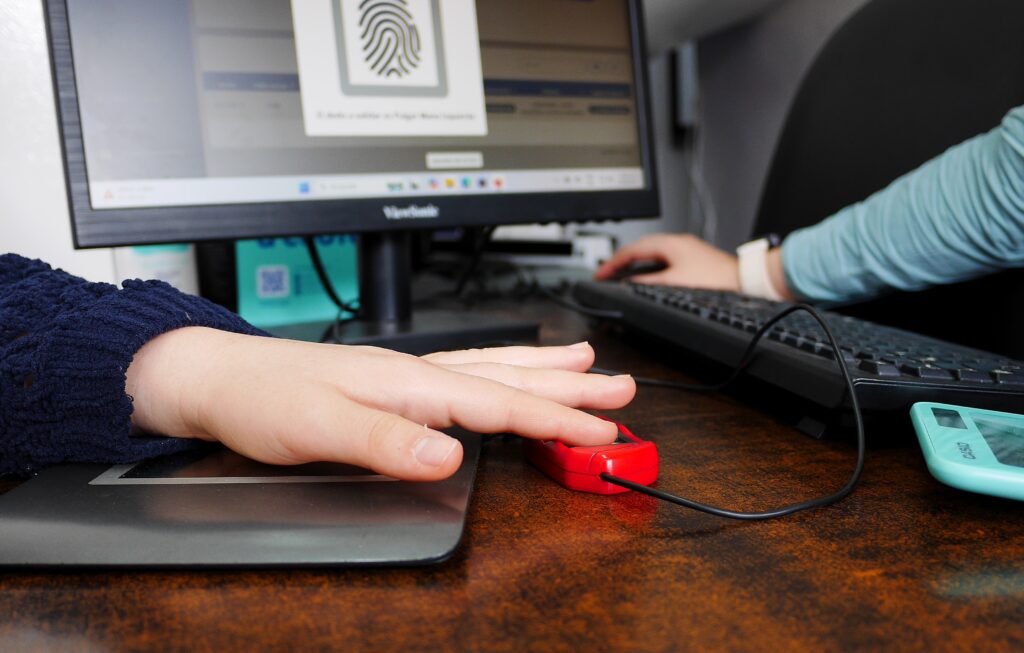
No shortcuts
“Unfortunately Colombia has very few agreements with other countries to allow their citizens to drive. So after six months you need to do the course,” explains Moreno.
This sounds like bad news, particularly for experienced foreign drivers who only need the actual licence rather than a 45 hours of training.
This is where the Colombian system is inflexible. In other countries you can apply for the driving test independent of the schools. In Colombia, the test is part and parcel of the training course. And it seems there are no shortcuts.
“Some years ago people could fake the course and the corrupt driving schools would sign them off. Some people never did the full lessons.”
Nowadays, says Moreno, every student is monitored for every class through biometric checks. These were introduced to driving schools in an attempt to reduce the rampant malpractices.
Starting in 2018, every potential driver’s biometric data was saved in the RUNT database and then shared with a system called SIVOC, Sistema de Control y Vigilancia, with students scanning their fingerprints at the start and end of every training session.
“Adios to fraud in the driving schools,” announced the authorities at the time. To introduce more rigor, realtime checks were introduced in 2022; the computer randomly prompts students to re-register their fingerprints even during the 50 minute sessions.
“If you don’t pass the validation, the class isn’t counted, and you have to re-do it” says Moreno.
Some unscrupulous schools have found ways to continue to game the system, she says, using sticky tape to copy fingerprints of students who don’t want to do the full course. But those are a minority. Most students are happy to get all the practice they can in Bogotá’s challenging streets.
“The licence is just the beginning,” says Sara, a student who has just finished her course in Teusaquillo. “The real challenges are still ahead.”
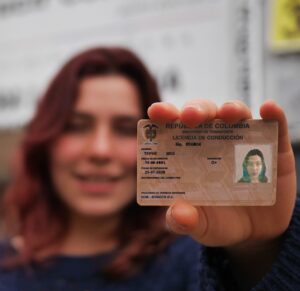
A Quick Guide to Getting a Driving Licence in Bogotá
1: Find an authorised driving school, called Centros de Enseñanza Automovilística. You can usually find one within walking distance in Bogotá.
2: Inscribe yourself in the RUNT, which is the national transport database. To do this you need to make an appointment in the Ventanilla Única de Servicios. These are small transport offices dotted across the city. The driving school can help you make the appointment. If you have not yet received a Cedula de Extranjeria ID card, you can use your passport number. On the day and time of your appointment, you will present your ID or passport and get your biometric data recorded. The cost in 2025 is US$5.
3: Do your medical exam. This is in a specialised clinic usually close to the driving school, and sometimes is included in the driving school fee. The tests are very simple and usually take 40 minutes. Once you have done the exam, you can start your driving classes.
4: Organise your theory classes with the driving school. You will be in groups of around 10 students, depending on the size of the school. After 20 hours of theory you will have a simple on-line exam, with several practice attempts to check you are ready
5: Attend the mechanic training. This is often done in one session on a Saturday morning.
6: Do your driving practice, 20 sessions of just under an hour. The last class is also your test, your instructor certifies you as a driver.
7: Obtain your driving licence. For this you need another appointment in the Ventanilla Única de Servicios where you will pay an additional US$70 and immediately receive your physical licence.


